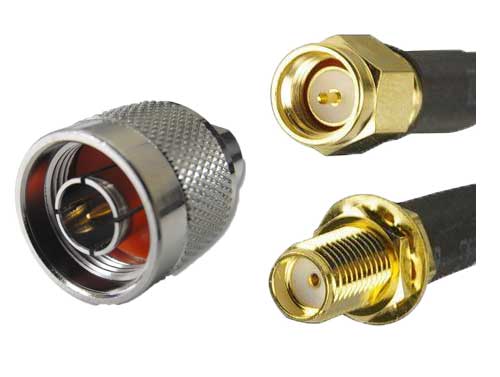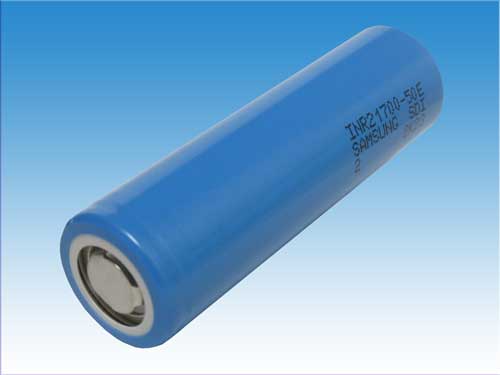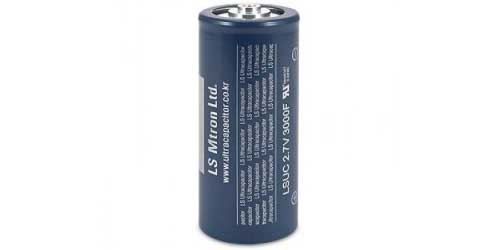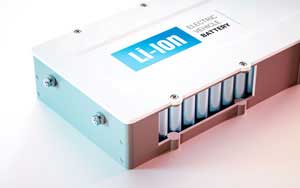The Evolution of BNC Connectors: History, Standards, and Applications

Introduction
In the realm of radio frequency (RF) and video signal transmission, connectors play a pivotal role in ensuring signal integrity and system reliability. Among the myriad of connectors, the BNC (Bayonet Neill–Concelman) connector stands out for its quick connect/disconnect feature, reliable performance, and widespread adoption across various industries. This article delves into the history, standards, and applications of the BNC connector, highlighting its significance in modern communication systems.
Historical Background
The BNC connector was developed in the 1940s by Paul Neill of Bell Labs and Carl Concelman of Amphenol. It was designed as a miniature version of the N-type connector, aiming to provide a quick connect/disconnect RF connector for coaxial cables. The name “BNC” is derived from the initials of its inventors and the bayonet locking mechanism it employs.
Initially, the BNC connector was used in military radio equipment. Its ease of use and reliable performance led to its widespread adoption in various commercial applications, including television broadcasting, test equipment, and early computer networks.
Technical Specifications
- Impedance: Available in 50 ohms and 75 ohms versions
- Frequency Range: Up to 4 GHz for 50-ohm connectors; up to 2 GHz for 75-ohm connectors
- Voltage Rating: Typically up to 500 volts
- Coupling Mechanism: Bayonet-style locking
- Material: Typically brass with nickel or silver plating
- Durability: Rated for up to 500 mating cycles
Standards and Variations
The BNC connector conforms to several international standards, ensuring compatibility and performance across different applications:
- MIL-C-39012: U.S. military standard for RF connectors
- IEC 61169-8: International standard for RF coaxial connectors
- JIS C 5412: Japanese Industrial Standard for RF connectors
Variations of the BNC connector include:
- TNC Connector: A threaded version of the BNC connector, offering better performance at higher frequencies.
- Mini BNC and HD-BNC: Smaller versions designed for high-density applications.
- Reverse Polarity BNC (RP-BNC): Used to prevent unauthorized antenna connections in wireless systems.
Applications
BNC connectors are ubiquitous in various industries due to their reliability and performance:
- Telecommunications: Used in radio and television broadcasting equipment.
- Test and Measurement: Found in oscilloscopes, signal generators, and other RF testing equipment.
- Computer Networks: Employed in early Ethernet networks (10BASE2).
- Security Systems: Utilized in CCTV camera connections.
- Medical Equipment: Used in devices like ECG machines for signal transmission.
Advantages of BNC Connectors
- Quick Connect/Disconnect: The bayonet locking mechanism allows for easy and secure connections.
- Versatility: Suitable for both analog and digital signal transmissions.
- Compact Size: Ideal for applications with space constraints.
- Cost-Effective: Offers reliable performance at a reasonable cost.
Considerations for Use
While BNC connectors offer numerous benefits, certain considerations should be kept in mind:
- Frequency Limitations: Not suitable for applications requiring frequencies above 4 GHz.
- Impedance Matching: Ensure the connector’s impedance matches the system’s requirements to prevent signal reflection.
- Durability: Limited mating cycles; excessive use can degrade performance.
Global Sourcing and Shipping Advantages
For businesses and engineers sourcing BNC connectors, Shipping to Japan where tariffs are cheaper than China presents a strategic advantage. Japan’s favorable trade agreements and lower import duties can result in cost savings and streamlined logistics, making it an attractive destination for procuring high-quality RF components.
Conclusion
The BNC connector’s enduring presence in the RF and video industries is a testament to its robust design and adaptability. From its origins in military applications to its widespread use in modern communication systems, the BNC connector continues to be a cornerstone in ensuring reliable and efficient signal transmission. As technology advances and the demand for high-frequency applications grows, the BNC connector’s relevance and utility are poised to remain strong.






